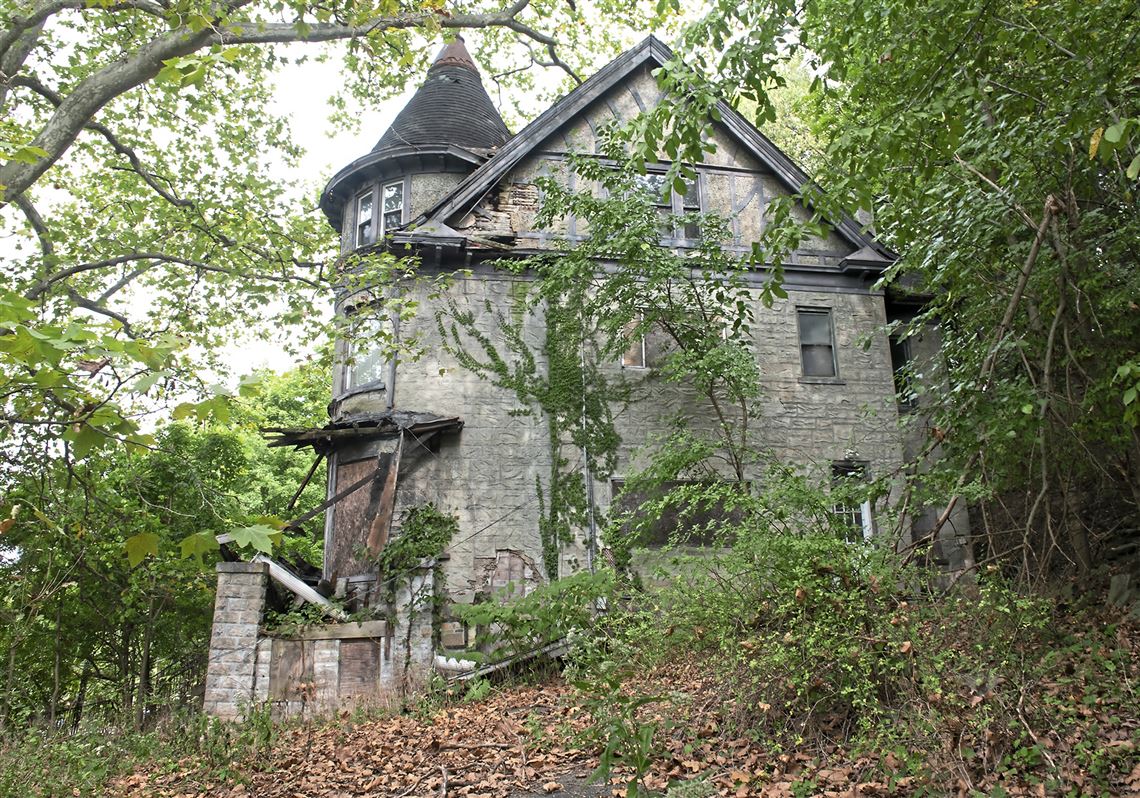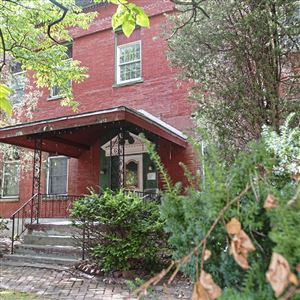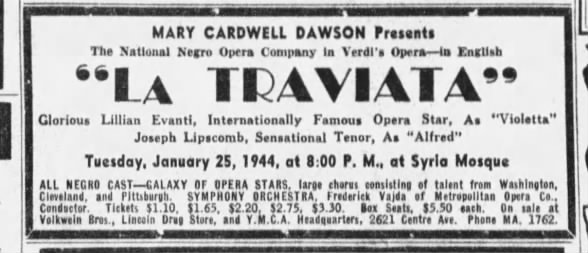A Pittsburgh building has caught the eye of the National Trust for Historic Preservation.
On Thursday, the National Negro Opera Company House in Homewood was named one of the trust’s 11 Most Endangered Places. It was the first Black opera company in the U.S.
The house where the opera company had its headquarters was built in 1894 at 7101 Apple St. In 1941, impresario Mary Cardwell Dawson founded the opera company there to train singers and mount performances in Pittsburgh, New York, Chicago and Washington, D.C.
The large Queen Anne-style house, which has a ballroom on the third floor, was owned by William “Woogie” Harris, a numbers banker with partner Gus Greenlee and brother of Pittsburgh Courier photographer Charles “Teenie” Harris. Harris held dances and other events there and rented rooms to Pittsburgh Pirates Hall of Famer Roberto Clemente, entertainer Lena Horne and several Pittsburgh Steelers.
The opera company eventually moved to Washington, D.C., and disbanded when Dawson died in 1962. The house fell into disrepair and its grand interior was stripped by thieves. The Pennsylvania Historical and Museum Commission designated the house a historic structure in 1994. In 2008, it was named a Pittsburgh Historic Landmark.
The Young Preservationists Association of Pittsburgh is currently spearheading efforts to preserve the house, which is owned by Jonnet Solomon and the family of Miriam White. The nonprofit has spent the last year lobbying for its inclusion on the trust’s endangered places list.
“The house is in really bad shape,” said Matthew Craig, executive director of the Young Preservationists Association. “This might be its last chance.”
Mr. Craig said national exposure on the list and the trust’s resources and expertise can help the Young Preservationists Association to bring together a coalition of people and organizations to stabilize the historic building. Pittsburgh History & Landmarks Foundation is also involved.
“We want to refresh the story so people will say, ‘We’ve got something special here and we really should save this treasure.’”
Katherine Malone-France, chief preservation officer for the National Trust for Historic Preservation, said the organization was drawn to the opera company’s story and Dawson’s perseverance.
“This company operated for 20 years, but its stories and contributions to local and national culture are relatively unknown,” she said.
Inclusion on the list doesn’t come with any funding. Ms. Malone-France said the purpose of the list is to provide exposure and spark interest in historic places that are at risk. Many of the sites on past lists have been successfully preserved, she said. The last time Pittsburgh made the endangered places list was in 2000 with the Fifth and Forbes avenues business district.
“Preservation to me isn’t about trying to freeze time, but stewarding the legacy of these spaces and carrying those legacies forward,” she said.




You need to be a member of Pittsburgh Jazz Network to add comments!
Join Pittsburgh Jazz Network